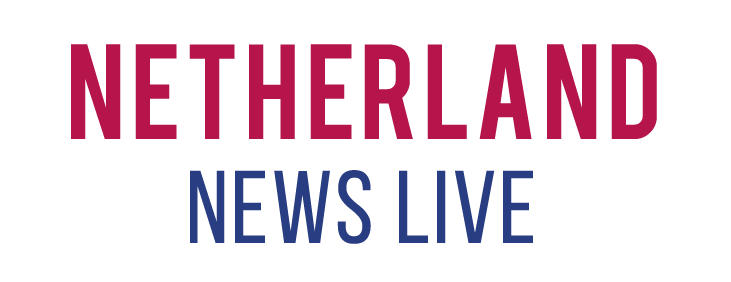Netherlands prepares for new EU border check system


Schiphol border guard. Photo: DutchNews.nl
Major changes will be made to how the European Union manages its external borders in 2023. Here’s how the Netherlands has changed and how they are preparing.
All non-EU citizens entering and leaving the Schengen area will be registered for the new border check system that will be introduced in May. After six months, non-EU citizens of visa-exempt countries will have to apply for a digital travel authorization in order to be able to access the Schengen countries.
EU Exit and Exit System (EES)
In May, the EU Emigration System (EES) announced that 27 Schengen countries (EU member states excluding Bulgaria, Cyprus, Ireland and Romania, and Iceland, Liechtenstein and , Norway, Switzerland).
The system is used at external border crossings to record data on non-EU visitors entering and leaving the Schengen area. The data collected includes an individual’s name, travel document type, biometric data (fingerprints and facial images), entry/exit locations, and length of stay.
With EES, passports are automatically scanned, eliminating the need for manual stamping by border agents. Data will be stored in an EU-wide database for 3 years and updated for each entry.
However, EU and third country citizens residing in the Schengen area are not subject to such checks.
delay concerns
The system was created to enhance border security and its purpose is to identify short-term visitors who stay longer than permitted in the Schengen area (the limit is 90 days in 180 days). am). It also supports “identifying terrorists, criminals, suspects and victims of crime”. Meanwhile, EU officials say they should facilitate checks for non-EU citizens once the data is first collected.
However, there are security concerns given that the system generates a huge database of personal information about the millions of people who travel to the EU each year. Others are concerned about significant border delays when EES is introduced.
German officials have warned that EES will “significantly increase passenger control times”, while Austrian officials expect “processing times to double compared to the current situation”. Based on research by the Board Secretariat and published by the Civil Liberties Group state watch.
Dutch readiness
In the Netherlands, EES is “implemented at all border crossings in accordance with EES regulations,” a Ministry of Justice spokesperson told Dutch News.
“This applies to sea and air border crossings, including Hoek van Holland, IJmuiden, Schiphol, Rotterdam Airport and the Rotterdam and Amsterdam stations of the Eurostar trains,” she said.
The Dutch government has previously said it plans to introduce a mobile app and self-service kiosks.Egates will also be available to non-EU citizens.
Dutch authorities will likely adopt a “progressive approach” with limited data initially registered at border crossings for Amsterdam and sea ferries, according to a Statewatch report.
next step
In November, six months after the EES, the European Travel Information and Authorization System (ETIAS) should also be operational.
This is only relevant for visitors from EU recognized countries or territorial authorities. visa-free systemUEA, Argentina, Mexico, USA, UK, etc.
Non-EU citizens who do not require a visa to travel to Schengen countries must apply for a Digital Travel Authorization through the official EIAS website or app and pay a fee of EUR 7 before travelling. This authorization must be presented to Border Patrol on arrival.
https://www.dutchnews.nl/news/2023/01/the-netherlands-readies-for-new-eu-border-check-system/ Netherlands prepares for new EU border check system




